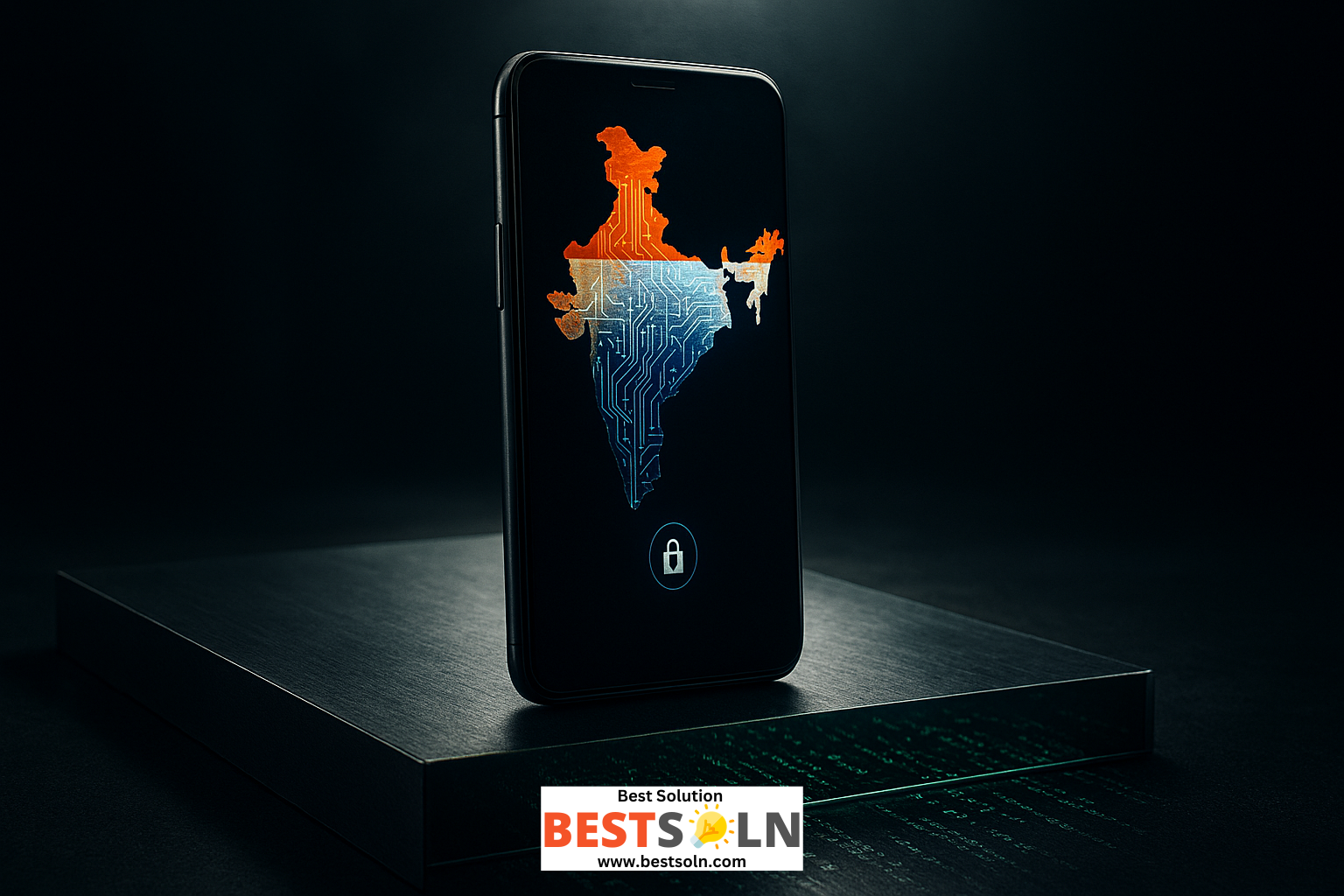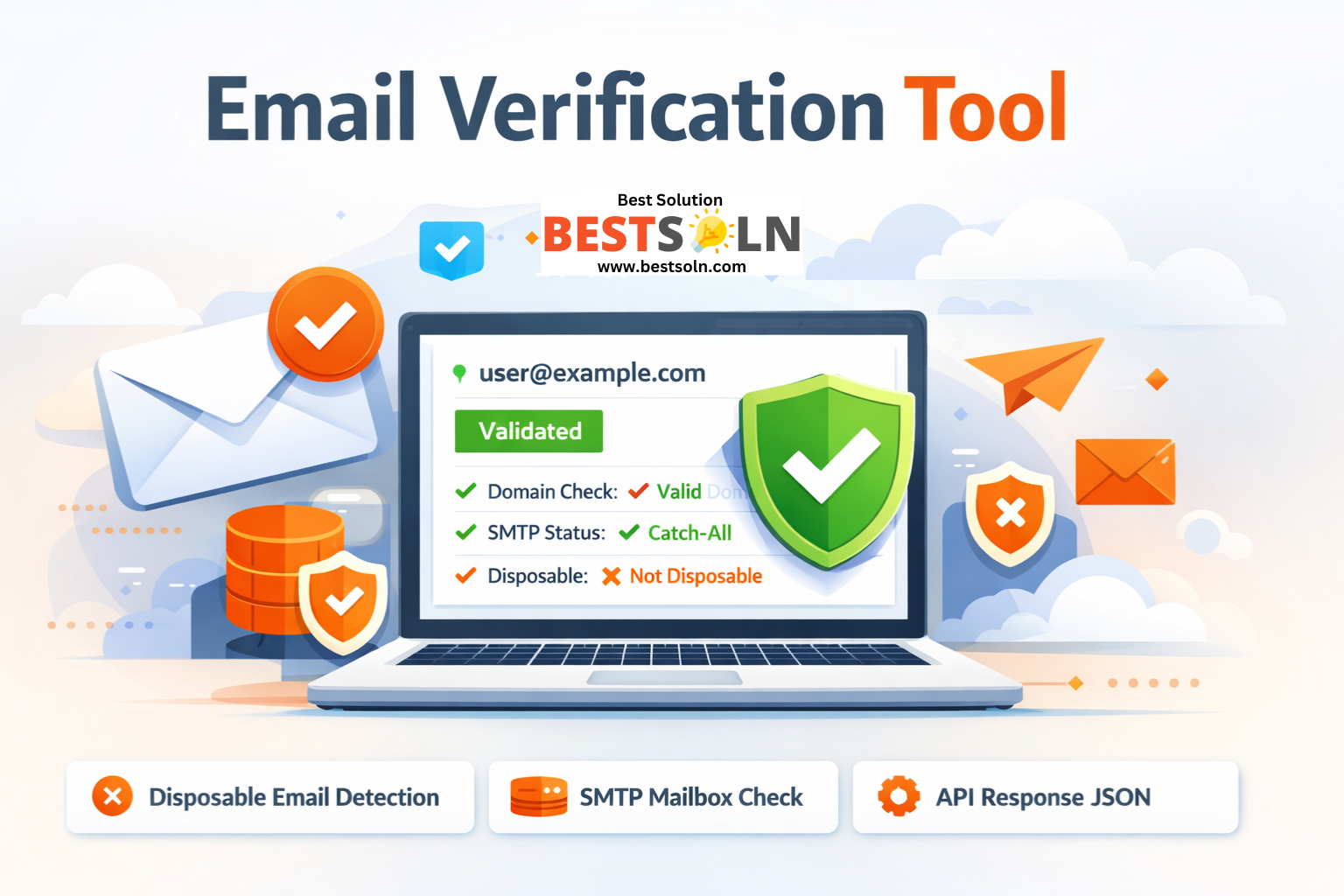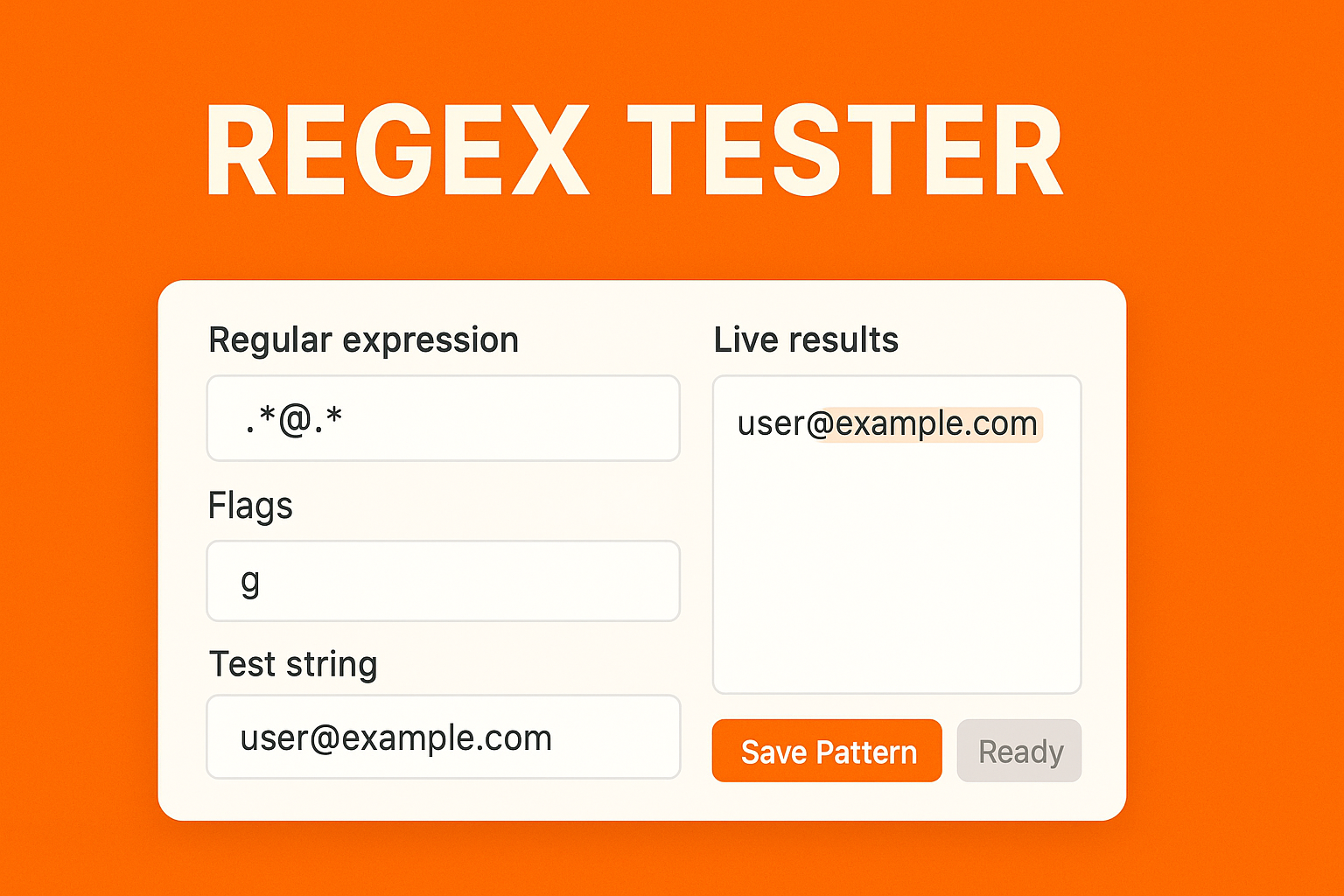- Home
- /
- Courses
- /
- Fundamentals of Intellectual Property
- /
- H. Intellectual Property Enforcement and…
Introduction
In the intricate world of intellectual property (IP), the creation and protection of ideas are only half the battle; enforcing those rights is where the true test lies. Whether it’s a tech giant defending a patent, a musician suing over a sampled track, or a fashion brand battling counterfeiters, IP enforcement is the crucible where legal protections meet real-world challenges. Enforcement ensures that the rights granted by patents, copyrights, trademarks, and trade secrets translate into tangible benefits for creators and businesses, while litigation resolves disputes that shape industries and innovation. This chapter dives into the dynamic and often contentious realm of IP enforcement and litigation, exploring the mechanisms, strategies, and global complexities involved in upholding IP rights.
Enforcement is not just about lawsuits; it encompasses negotiation, administrative actions, and international cooperation to combat infringement and piracy. From cease-and-desist letters to billion-dollar court battles, the stakes are high, with outcomes influencing markets, consumer trust, and creative freedom. In a digital age where IP violations can spread instantly across borders, enforcement faces new hurdles, from online piracy to cross-jurisdictional disputes. Through compelling case studies, legal insights, and practical tools, this chapter equips readers to navigate the high-stakes world of IP enforcement, whether you’re a creator protecting your work, a business safeguarding your brand, or a policymaker shaping the future of innovation.
The Landscape of IP Enforcement
IP enforcement involves a spectrum of strategies to protect rights and remedy violations:
- Preventive Measures: These include registering IP with authorities (e.g., USPTO for patents/trademarks, U.S. Copyright Office), using clear licensing agreements, and implementing security protocols for trade secrets.
- Administrative Actions: Agencies like the U.S. International Trade Commission (ITC) can block imports of infringing goods, while customs services seize counterfeit products at borders.
- Civil Litigation: Courts handle most IP disputes, granting remedies like injunctions, damages, or product seizures.
- Criminal Enforcement: In cases of willful infringement, such as large-scale counterfeiting or trade secret theft, criminal penalties like fines or imprisonment apply under laws like the U.S. Economic Espionage Act (1996).
- Alternative Dispute Resolution (ADR): Mediation and arbitration offer faster, less costly alternatives to litigation, often used in licensing disputes.
The World Intellectual Property Organization (WIPO) estimates that IP infringement, including counterfeiting and piracy, costs the global economy over $500 billion annually, underscoring the importance of robust enforcement.
Types of IP Infringement
Each IP type faces distinct infringement challenges:
- Patent Infringement: Occurs when someone makes, uses, sells, or imports a patented invention without permission. Direct infringement involves copying the patented technology, while indirect infringement includes inducing or contributing to others’ infringement.
- Copyright Infringement: Involves unauthorized reproduction, distribution, or adaptation of a copyrighted work, such as pirated movies or unlicensed music sampling.
- Trademark Infringement: Happens when a mark causes consumer confusion or dilutes a famous brand’s distinctiveness, as seen in counterfeit luxury goods.
- Trade Secret Misappropriation: Involves improper acquisition, use, or disclosure of confidential information, often through employee misconduct or cyberattacks.
Defenses vary by IP type. For patents, defendants may argue non-infringement or invalidity (e.g., the patent lacks novelty). Copyright defenses include fair use, while trademark cases may cite a lack of confusion. Trade secret defenses often challenge whether the information was truly secret or reasonably protected.
Enforcement Mechanisms
Cease-and-Desist Letters
A cease-and-desist letter is often the first step, demanding that the infringer stop their activities. These letters outline the IP right, evidence of infringement, and remedies sought, aiming to resolve disputes without litigation. For example, in 2019, Netflix sent a cease-and-desist letter to a Chicago pop-up bar mimicking Stranger Things, leading to its closure without a lawsuit.
Litigation
When negotiations fail, litigation becomes necessary. IP lawsuits are filed in national courts, with specialized venues like the U.S. District Courts or the UK’s Intellectual Property Enterprise Court handling complex cases. Remedies include:
- Injunctions: Court orders to stop infringing activities, such as halting sales of a knockoff product.
- Damages: Compensation for losses, including actual damages (lost profits) or statutory damages (up to $150,000 per work for willful copyright infringement in the U.S.).
- Seizure and Destruction: Courts may order the destruction of infringing goods, as seen in counterfeit apparel cases.
Litigation is costly and time-consuming, often taking years and millions in legal fees. The Apple v. Samsung patent disputes (2011–2018) cost both parties over $1 billion in legal expenses, highlighting the high stakes.
Alternative Dispute Resolution (ADR)
ADR, including mediation and arbitration, offers a less adversarial approach. WIPO’s Arbitration and Mediation Center facilitates global IP disputes, particularly for cross-border cases. For instance, domain name disputes under the Uniform Domain-Name Dispute-Resolution Policy (UDRP) are often resolved through arbitration, as seen when Rolex reclaimed “rolex.watch” from a cybersquatter in 2020.
Customs and Border Protection
Customs agencies play a critical role in IP enforcement by seizing counterfeit goods at borders. The U.S. Customs and Border Protection (CBP) seized $1.3 billion in counterfeit goods in 2022, including fake Nike sneakers and Louis Vuitton bags. International cooperation, such as through Interpol, enhances these efforts.
Global Enforcement Challenges
Enforcing IP across borders is fraught with obstacles:
- Jurisdictional Differences: IP laws are territorial, requiring enforcement in each country. A U.S. patent offers no protection in China unless registered there. Variations in legal standards, such as the U.S.’s broad fair use versus the UK’s narrower fair dealing, complicate global strategies.
- Counterfeiting Hotspots: Regions like Southeast Asia and China are major sources of counterfeit goods, with the OECD estimating in 2019 that 3.3% of global trade involves fakes. Weak enforcement in some jurisdictions exacerbates the issue.
- Digital Piracy: Online platforms hosting pirated content, like torrent sites, operate across borders, evading traditional enforcement. The EU’s Copyright Directive (2019) holds platforms liable for user-uploaded content, but global coordination remains limited.
- Resource Disparities: Developing nations often lack the judicial or administrative capacity for robust enforcement, leaving IP owners vulnerable.
The TRIPS Agreement mandates enforcement mechanisms, but compliance varies. WIPO’s Advisory Committee on Enforcement promotes global cooperation, yet challenges persist.
Anti-Counterfeiting Measures
Counterfeiting, particularly of trademarks, is a global scourge. Brands employ:
- Technology: Blockchain and RFID tags verify product authenticity, as used by luxury brands like Gucci.
- Private Investigations: Companies hire firms to track counterfeit supply chains, as seen in Rolex’s efforts to dismantle fake watch networks.
- Public Awareness: Campaigns like the International AntiCounterfeiting Coalition’s “IACC” educate consumers about the risks of fakes.
Governments also act. China’s 2021 e-commerce law tightened regulations on platforms like Alibaba, reducing counterfeit sales, though enforcement gaps remain.
Case Studies in IP Enforcement
Consider Apple v. Samsung (2011–2018), a global patent litigation saga. Apple accused Samsung of infringing iPhone design and utility patents, winning $1 billion in U.S. damages. However, outcomes varied globally due to differing patent laws, with EU courts ruling more narrowly, illustrating the complexity of cross-border enforcement.
Another case is Viacom v. YouTube (2007–2013), where Viacom sued YouTube for $1 billion, alleging widespread copyright infringement via user-uploaded videos. The U.S. court upheld YouTube’s DMCA safe harbor, emphasizing the need for platforms to act on takedown notices, shaping digital copyright enforcement.
Ethical and Policy Considerations
IP enforcement raises ethical questions. Aggressive litigation, like “patent trolling” (where entities sue for profit rather than produce goods), costs U.S. businesses $29 billion annually, per a 2016 study. Overzealous copyright enforcement can stifle creativity, as seen in debates over music sampling. Conversely, weak enforcement harms creators, particularly in developing nations where piracy undermines local industries.
Policymakers face a balancing act: strong enforcement protects innovation, but excessive restrictions can limit access to knowledge or medicine. The 2001 Doha Declaration on TRIPS and Public Health addressed this by affirming compulsory licensing for essential drugs, highlighting the enforcement’s global impact.
Recommended Readings
- World Intellectual Property Organization (WIPO). (2004). WIPO Intellectual Property Handbook. Chapter 8 provides an overview of IP enforcement mechanisms, available at wipo.int.
- Bently, L., & Sherman, B. (2018). Intellectual Property Law. A comprehensive text covering enforcement across IP types, with global perspectives.
- United States Patent and Trademark Office (USPTO). IP Enforcement Resources. Practical guides on U.S. enforcement are available at uspto.gov.
- OECD. (2019). Trends in Trade in Counterfeit and Pirated Goods. Analyzes the global impact of counterfeiting, available at oecd.org.
- WIPO. (2020). WIPO Arbitration and Mediation Center: Case Studies. Explores ADR in IP disputes, available at wipo.int.
Conclusion
IP enforcement and litigation are the battlegrounds where the value of intellectual property is tested and defended. This chapter has explored the tools, strategies, and challenges of upholding IP rights, from cease-and-desist letters to global patent wars. Cases like Apple v. Samsung and Viacom v. YouTube highlight the high stakes and evolving nature of enforcement in a digital, interconnected world. As IP violations grow more sophisticated, mastering enforcement is critical for creators and businesses to protect their innovations and brands. The next chapter will shift to IP management and commercialization, examining how to transform IP into economic and strategic assets.



















